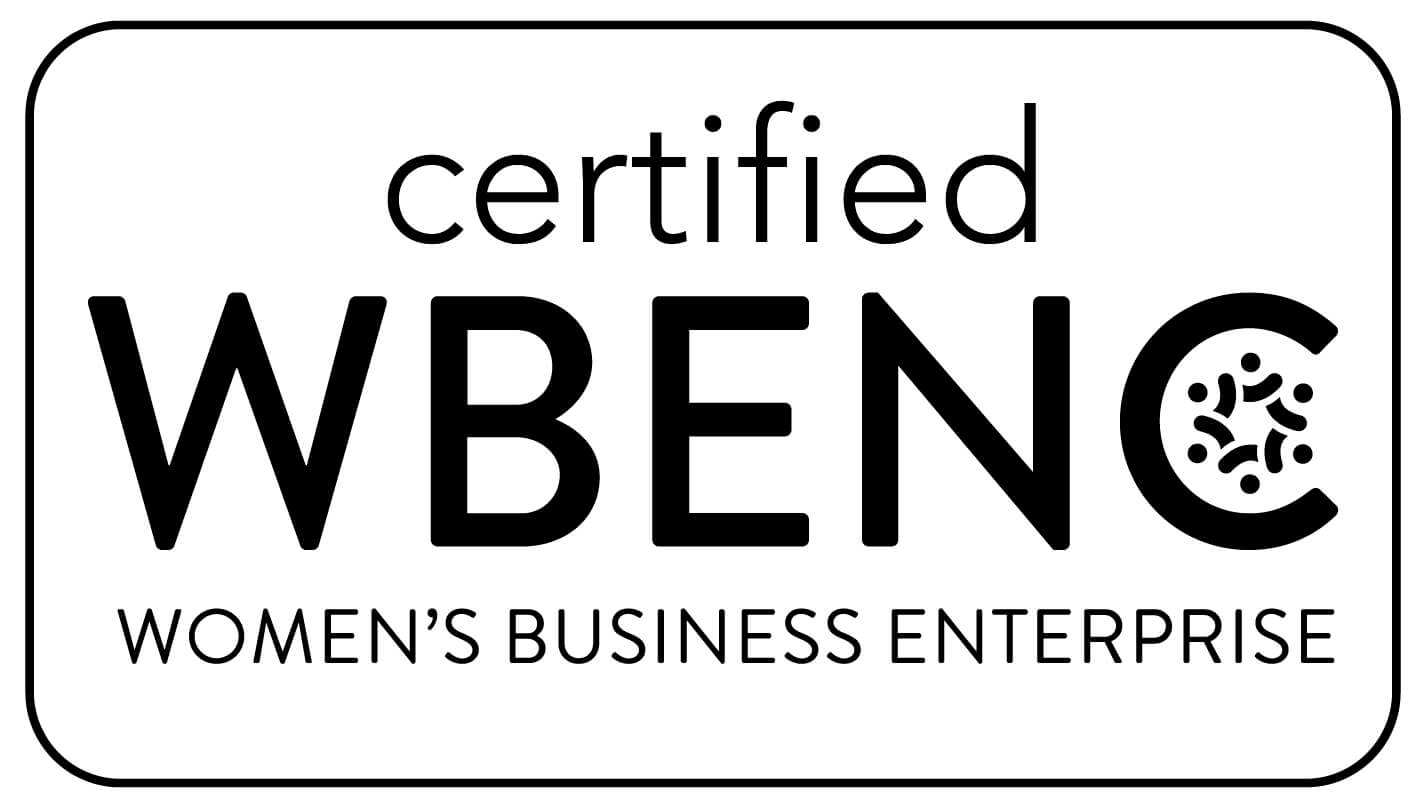PROMOTING FAIR & IMPARTIAL GOVERNMENT SERVICE: A SCIENCE-BASED PERSPECTIVE
The early researchers on the psychology of bias reported that prejudice was based on animus toward groups and that a person with prejudice was aware of it. Bias with these characteristics is now known as “explicit bias”; racism is an example. More recent research on this topic provides us with a fuller understanding of how prejudice is manifested. Social psychologists report that bias has changed in our society. As one scientist proclaimed, “Modern prejudice is not your grandparents’ prejudice” (Fiske, 2008: 14). What these scientists have determined—through voluminous research on this topic—is that bias today is less likely to manifest as explicit bias and more likely to manifest as “implicit bias” (or “unconscious bias”). Social psychologists have shown that implicit bias can affect what people perceive and do. Implicit bias works outside of conscious awareness and manifests even in people who consciously hold non-prejudiced attitudes.
Bias starts with our automatic tendency to categorize individuals. We categorize individuals and objects to make sense of the world, which includes categorizing people we do not know according to group membership. We then attribute to these individuals the characteristics we have come to associate with that group. This does not require animus; it requires only knowledge of the stereotype. Implicit bias, like explicit bias, can produce discriminatory actions.
Research has examined implicit biases linked to ethnicity and race, gender, economic class, sexual orientation, religion, body shape, age, and so forth. It has examined the manifestations of bias among members of various professional groups, such as doctors, other health professionals, city/county workers, educators, prosecutors, and law enforcement, to name just a few.
In practice, implicit bias might lead the patrol officer to automatically perceive crime in the making when she observes two young Hispanic males driving in an all-Caucasian neighborhood. It may lead a city worker to provide better service to the professionally dressed person than the poorly dressed constituent. A county librarian may not notice the misbehavior on the part of the Asian teens, instead focusing intently on the Black teens. A supervisor may give little attention to the ideas of the Millennials, assuming that the good ideas will only come from his own age group. A city inspector may scrutinize more closely the work of women-owned businesses. An EMT may assume that the sex worker is suffering from a drug overdose, when in fact she is suffering from hypoglycemia.
Therefore, the bad news is that prejudice remains widespread and manifests below conscious awareness, even in those of us who eschew, at a conscious level, prejudices, and stereotypes. The good news comes from the large body of research that has identified how individuals can reduce their implicit biases or, at least, ensure that their implicit biases do not affect their behavior.
Scientists have shown that implicit biases can be reduced through positive contact with stereotyped groups and through counter-stereotyping, whereby individuals are exposed to information that is the opposite of the cultural stereotypes about the group.
These bias-reducing mechanisms, however, take much time and commitment so it is fortunate that another set of remedies does not require that we rid ourselves of the implicit biases that took a lifetime to develop. Social psychologists have shown that, with information and motivation, people can manage their biases. This means that, if people learn to recognize their implicit biases they can choose to override the implicit bias “impulse” and implement bias-free behavior.
The scientific identification of the “risks of biased behavior” has helped to develop guidance for managers/leaders who are committed to fostering an impartial workforce. Policies and practices can be implemented to reduce the likelihood that biased behavior will manifest on the part of employees—from the front line to the executive suites.
FAIR AND IMPARTIAL POLICING VIDEO
Lorie Fridell on Implicit Bias – 2016 NACOLE/John Jay College Academic Symposium

